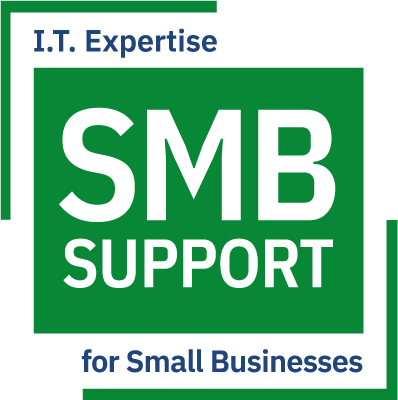60 Second Rundown…
- IDS: The Intrusion Detection System monitors vulnerabilities in the system.
- IPS: The Intrusion Prevention System monitors and blocks suspicious activity.
- DLP: Data Loss Prevention is a preventative measure to secure sensitive or confidential data.
- SIEM: Security Information and Event Management tracks activity in the IT environment.
- NBAD: Network Behavior Anomaly Detection continuously monitors the network for unusual events or trends.

All companies face security threats from time to time. The question is: how prepared are you to defend against attacks?
Technology is continually evolving, and hackers are always searching for new exploits. Hackers were once focused on large targets but have rethought their tactics to attack small businesses which can be less secure. We’re locked in an ongoing battle against the ingenuity of attackers. Cybersecurity tools are designed to minimize potential damage from malicious assaults. The right protection will identify and alert the IT team to suspicious network activity. The primary security tools used today are IDS, IPS, DLP, SIEM, and NBAD. Make sure the security devices and software your I.T. company is recommending have these components.
Intrusion Detection System (IDS)
This software monitors the network for malicious activity. Network Intrusion Detection Systems (NIDS) and Host-based Intrusion Detection Systems (HIDS) are the two most common types. NIDS monitors incoming network traffic, while HIDS watches the operating system. The primary purpose of intrusion detection is to identify and log disturbances.
Intrusion Prevention System (IPS)
IPS is the next evolution of IDS. Like its predecessor, intrusion prevention technology monitors the network for exploit signatures and anomalies. IPS also take automated actions to prevent malicious activity by alerting the administrator and blocking malicious traffic.
Data Loss Prevention (DLP)
Data is often the target of attacks. DLP protects confidential information from leaks and loss. This technology prevents accidental or intentional attempts to copy or send unauthorized data. DLP follows a set of rules to identify confidential information such as intellectual property, financial data, and personal details. The program then prevents such data from leaving the corporate network without proper authorization.
Security Information and Event Management (SIEM)
SIEM aggregates information from multiple sources. The software analyzes logged data throughout the network, such as security incidents, login attempts, and malicious activity. SIEM creates centralized analysis reports for the administrator. It will also send alerts based on predetermined rules.
Network Behavior Anomaly Detection (NBAD)
This approach to threat recognition detects security breaches through packet inspection. NBAD tracks the network in real-time and sends alerts when it detects strange network behavior. For the software to do its job, it must first establish a baseline of regular activity. Then, the program marks any deviations from the norm as anomalous.
Malicious actors have many tools at their disposal to initiate attacks. Small businesses need multiple ways to combat hackers and malware. The right combination of security tools can work together to keep your network safe. Contact SMB Support Corporation for assistance with securing your premise and cloud based computing.


